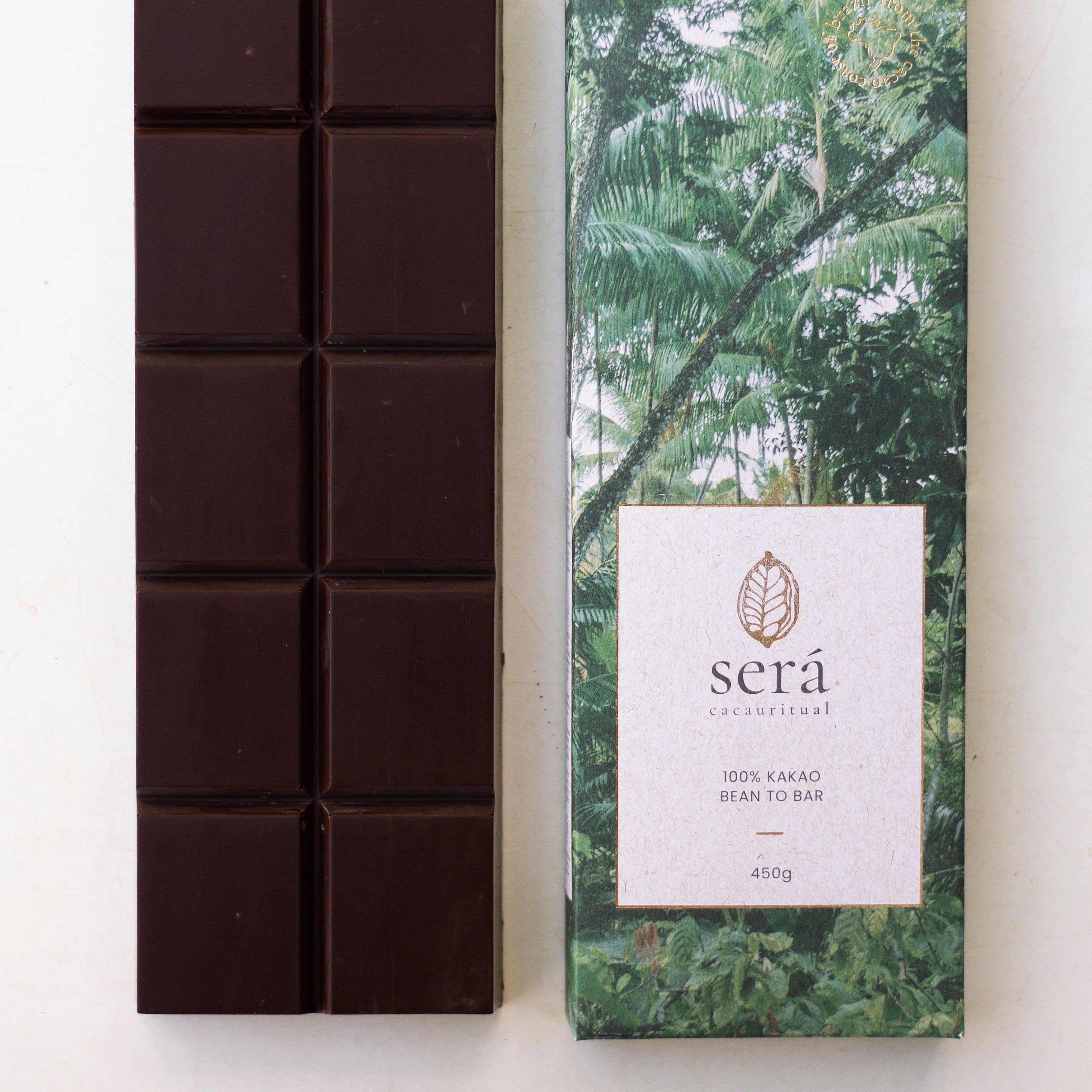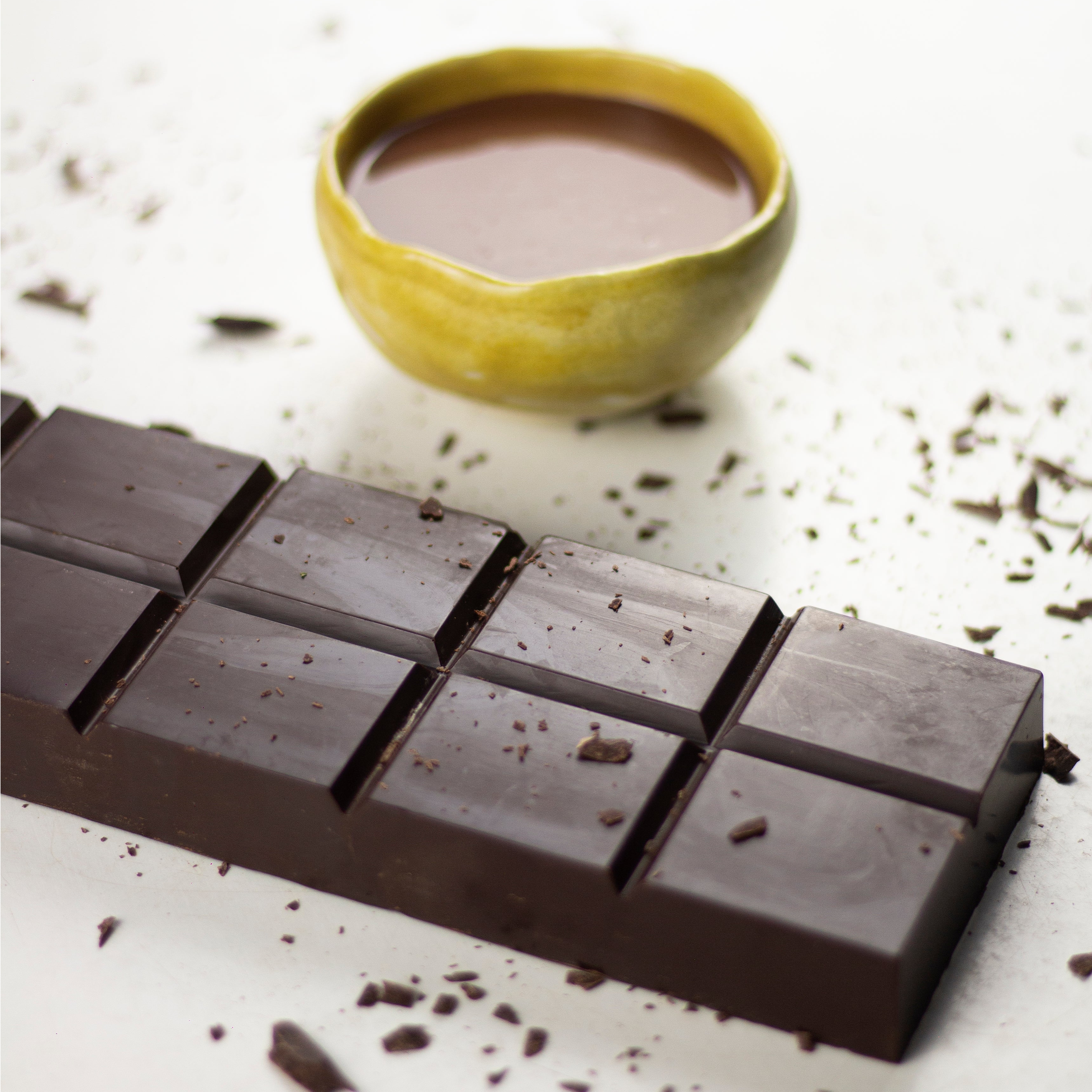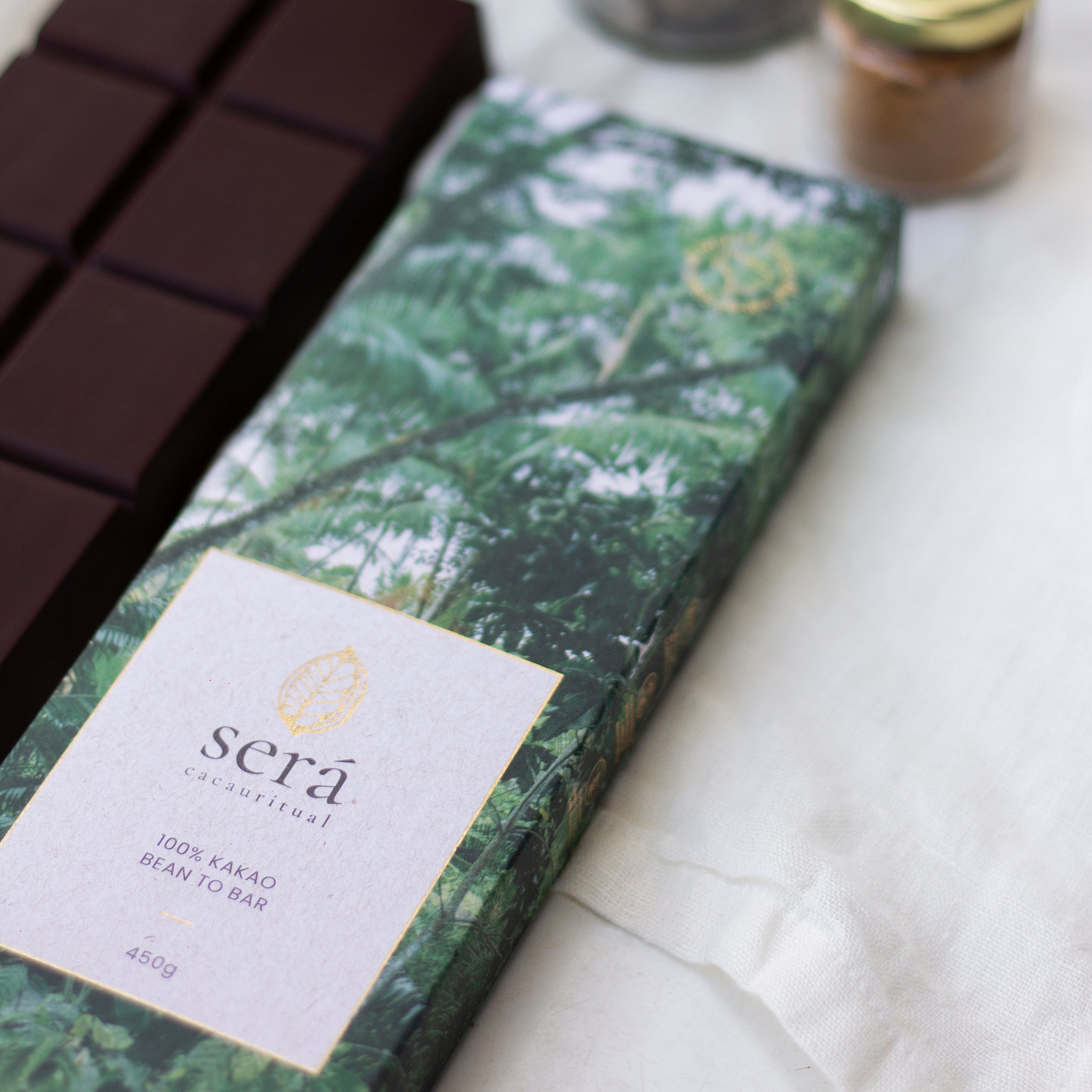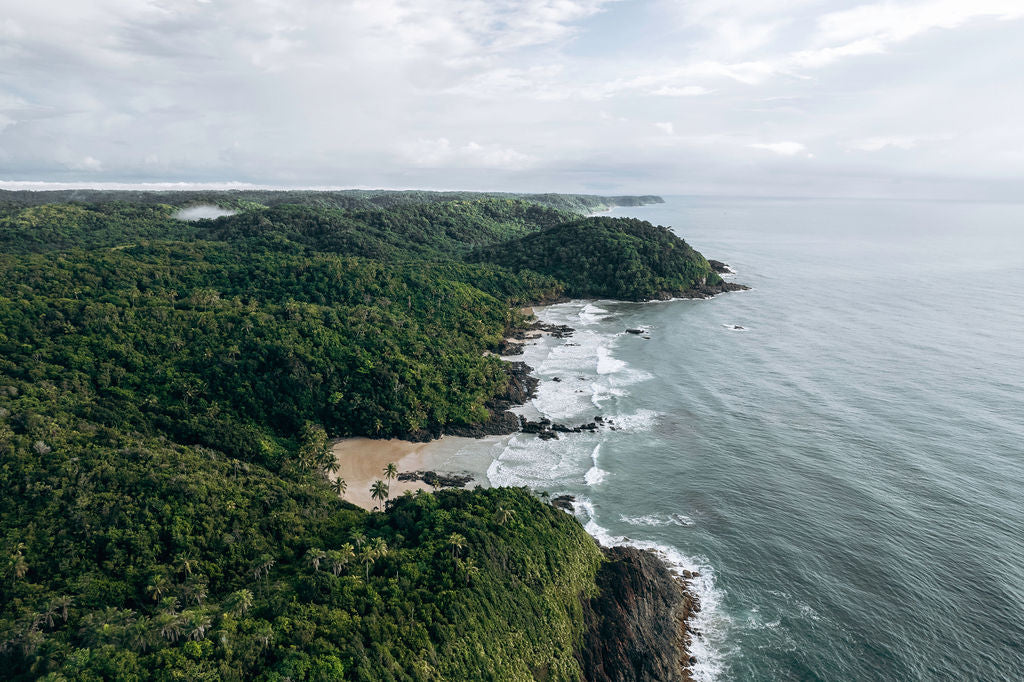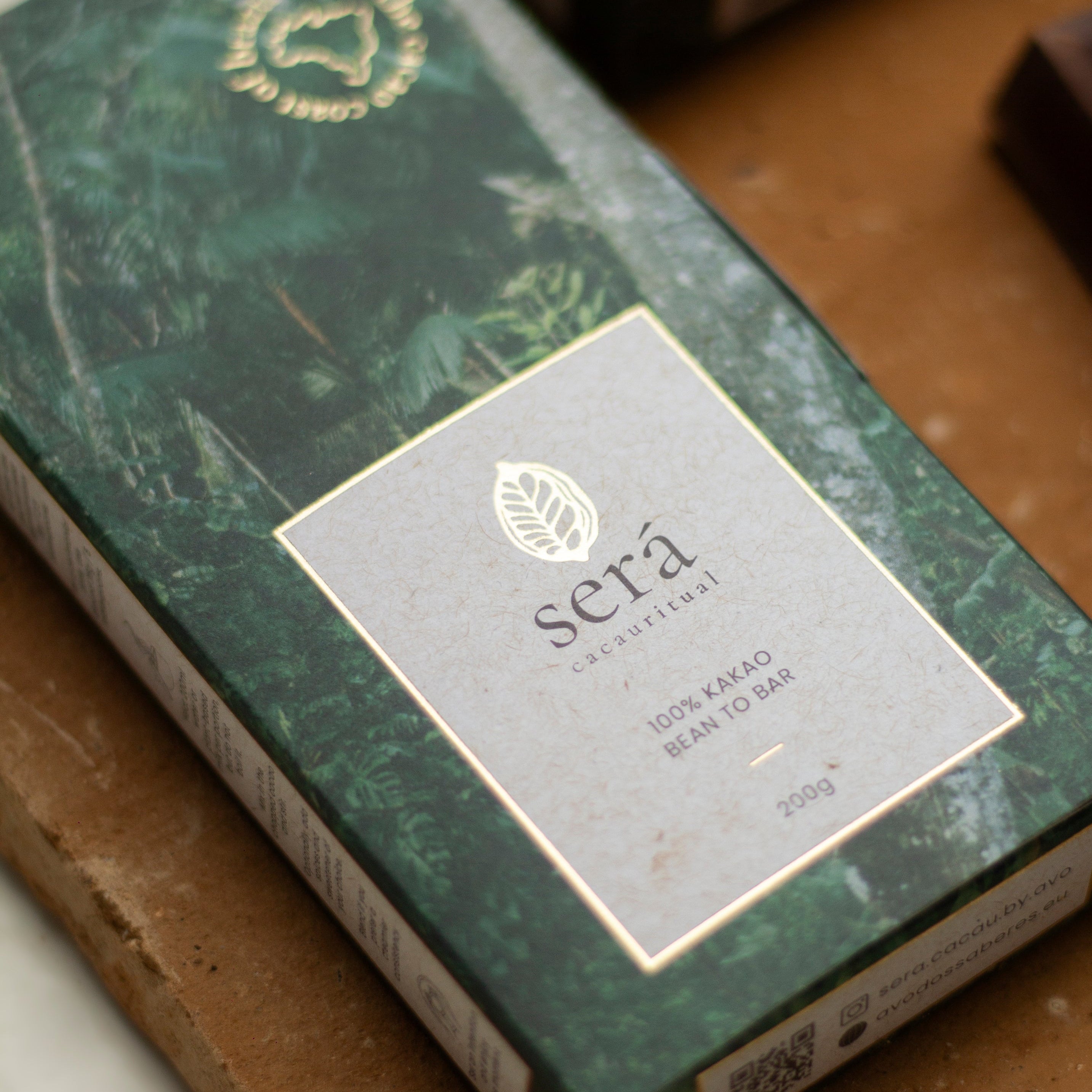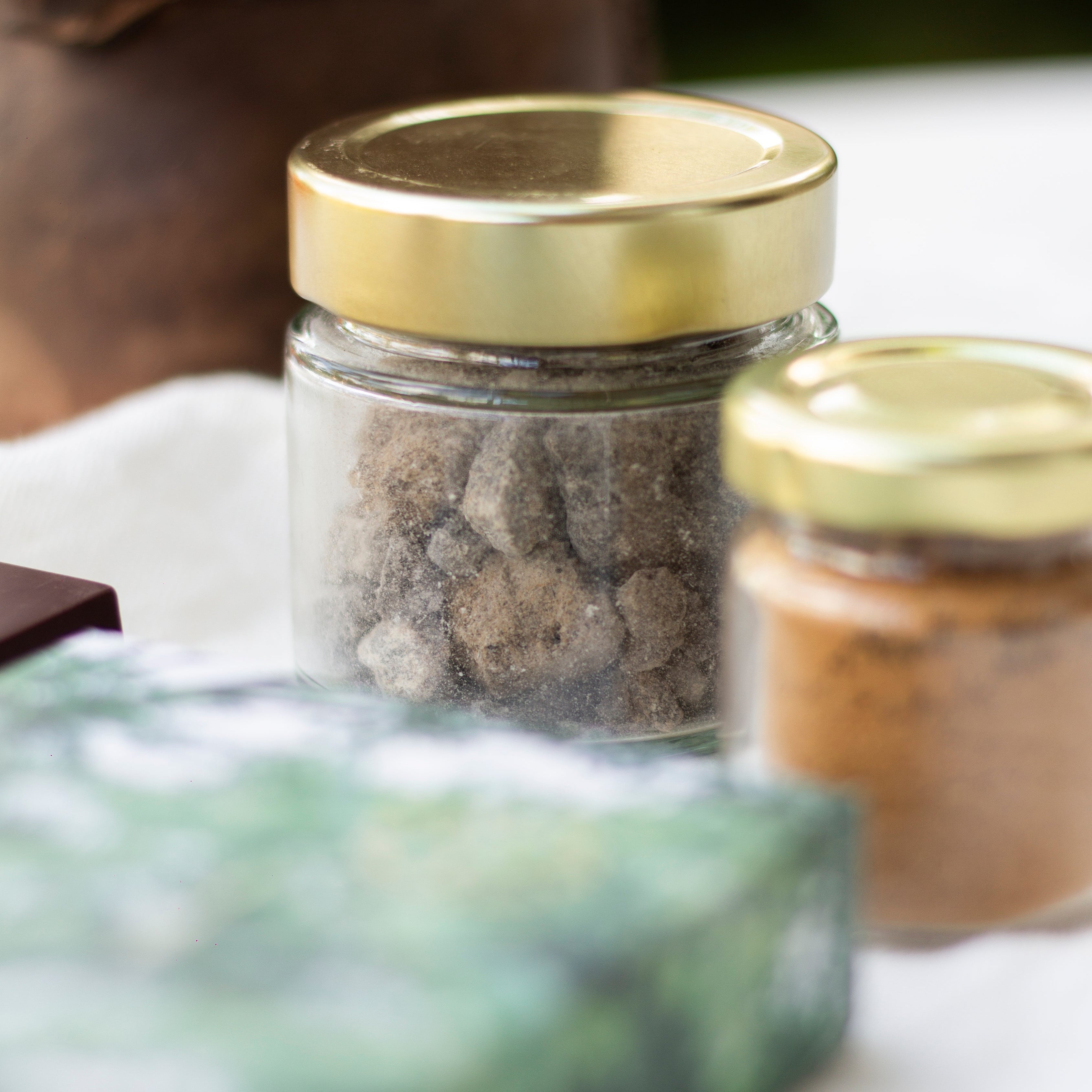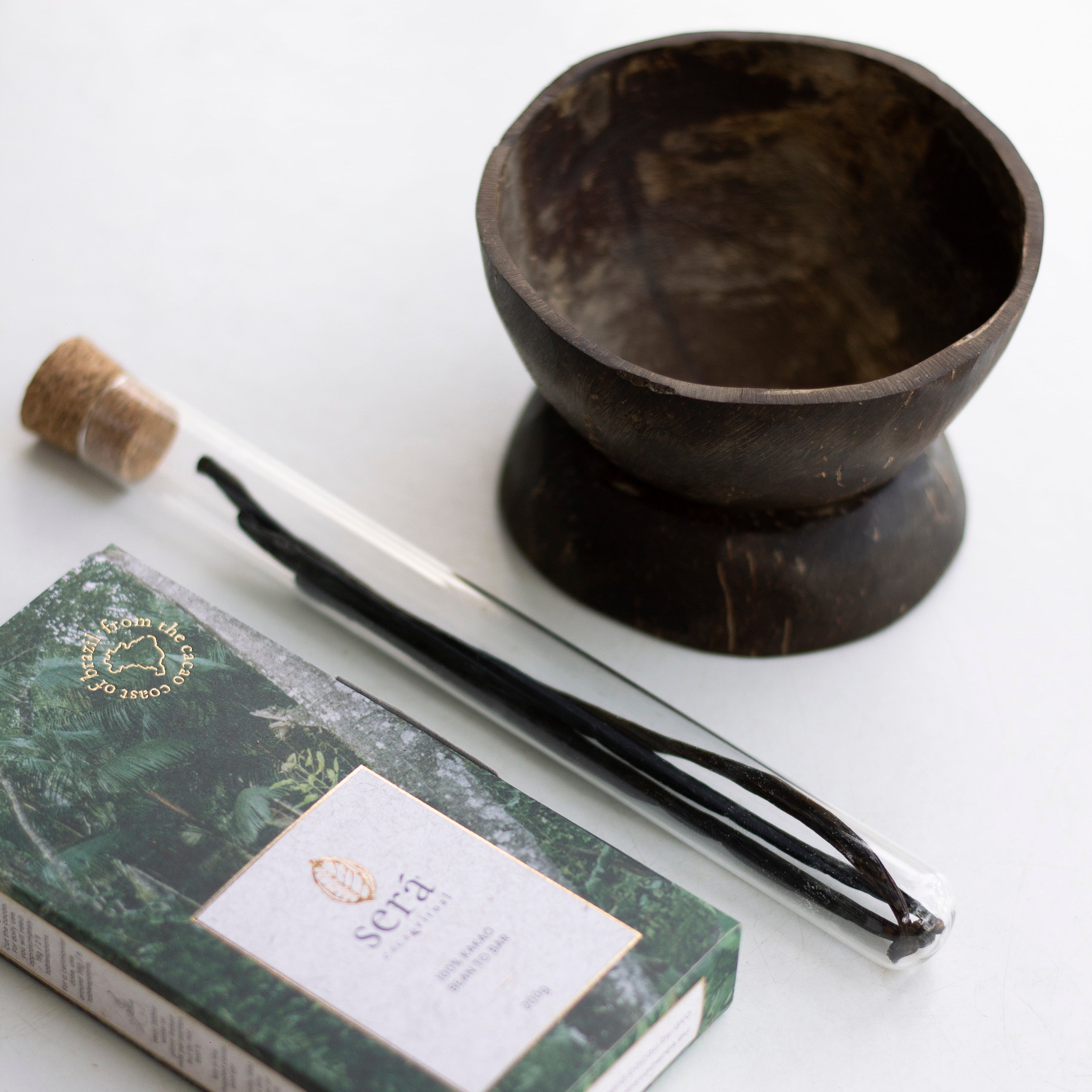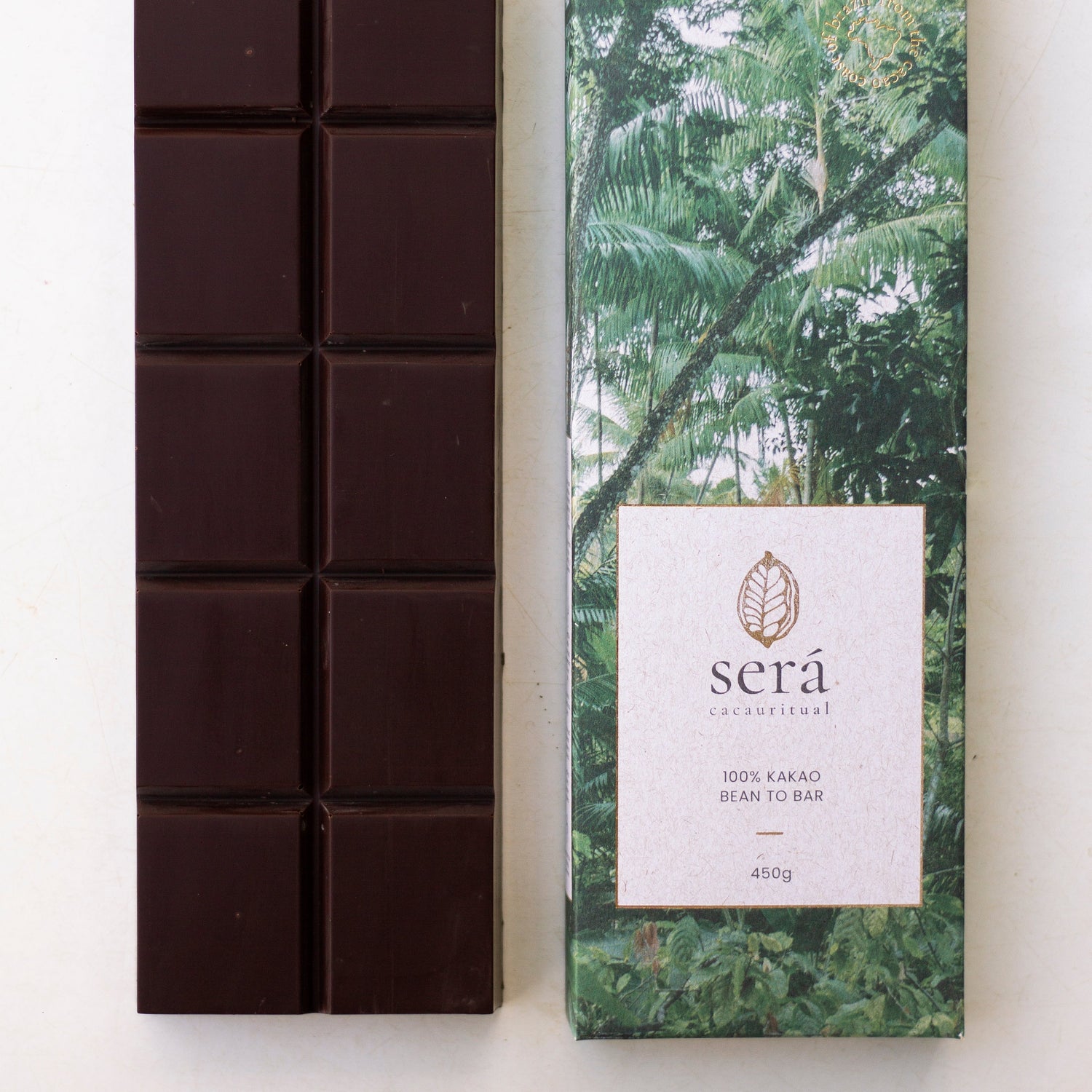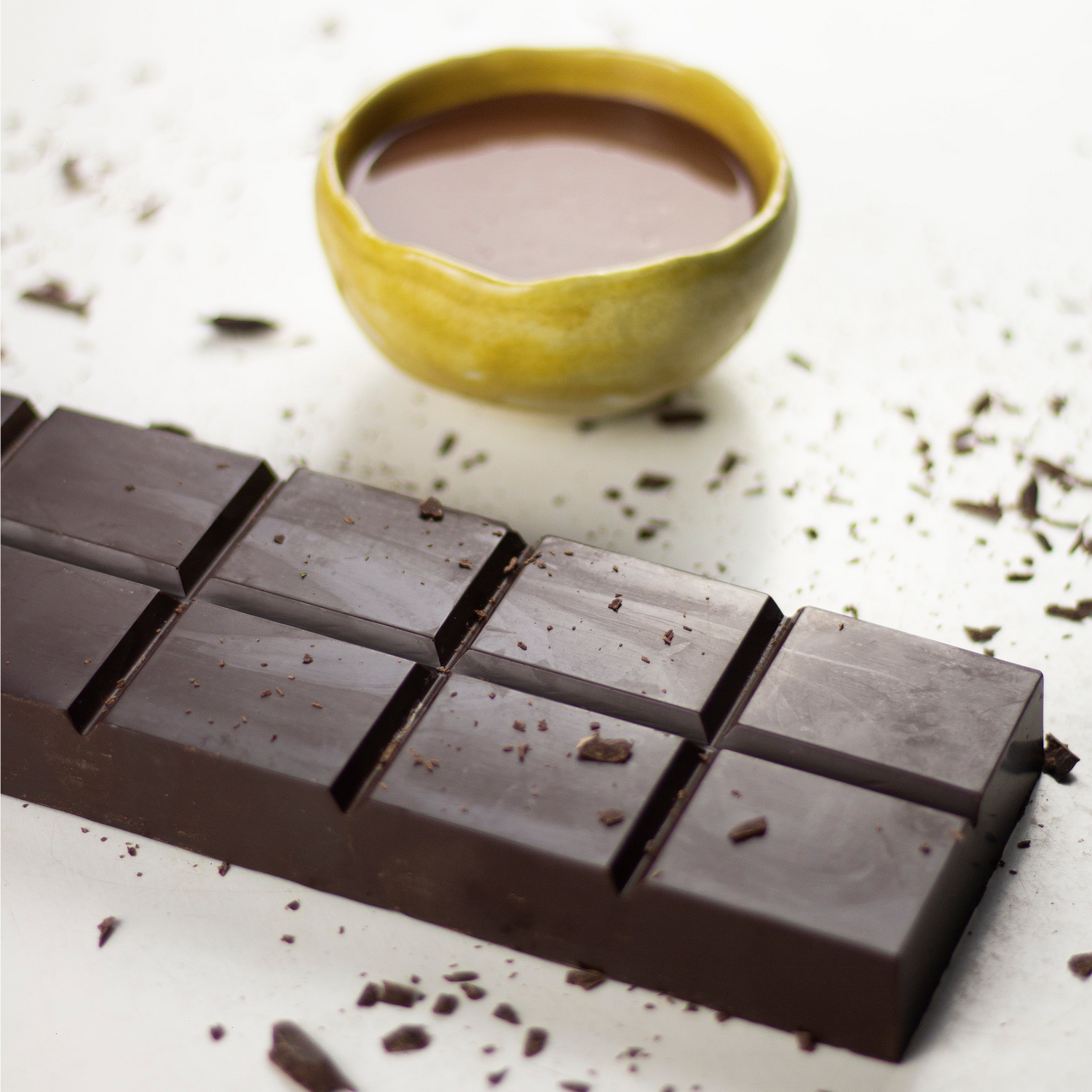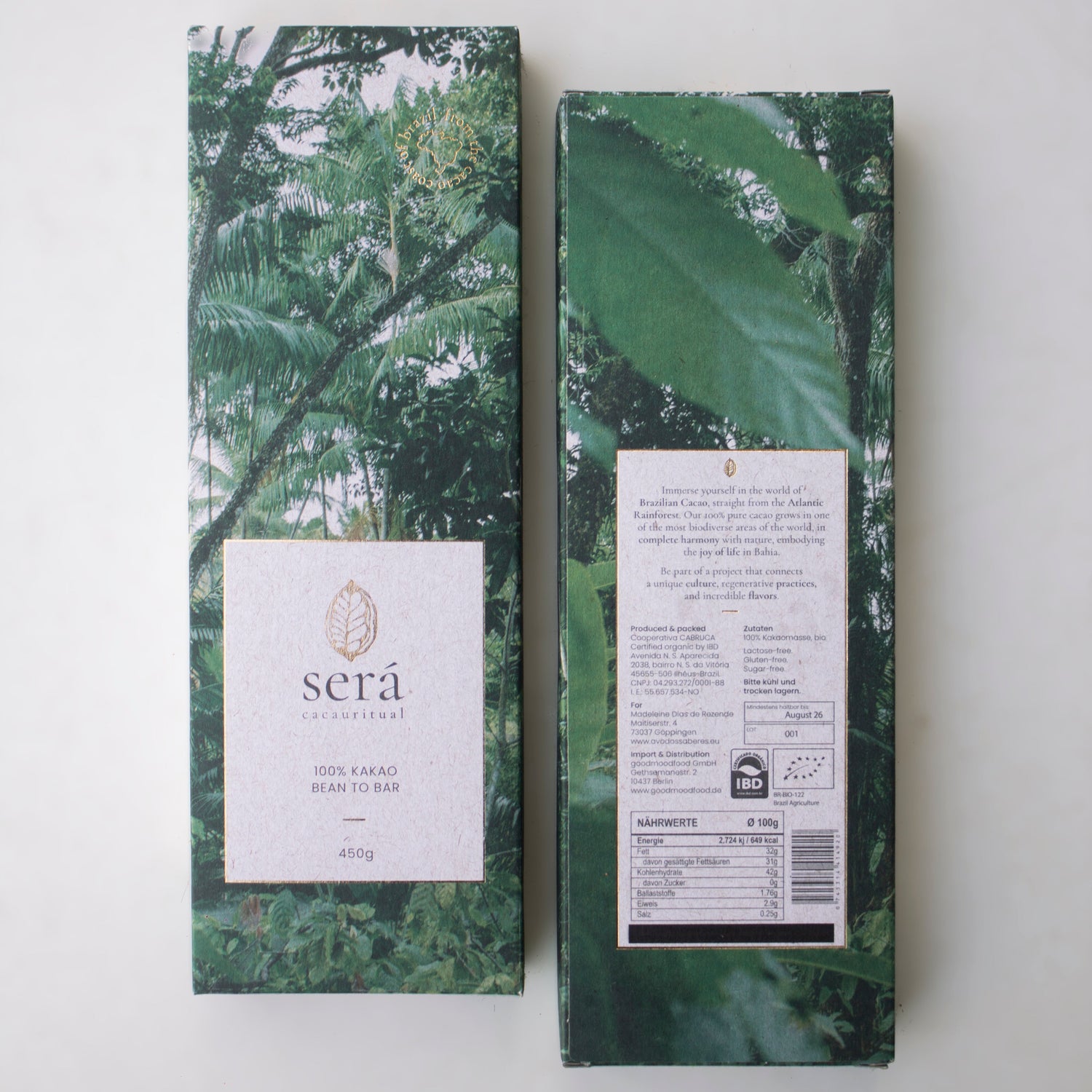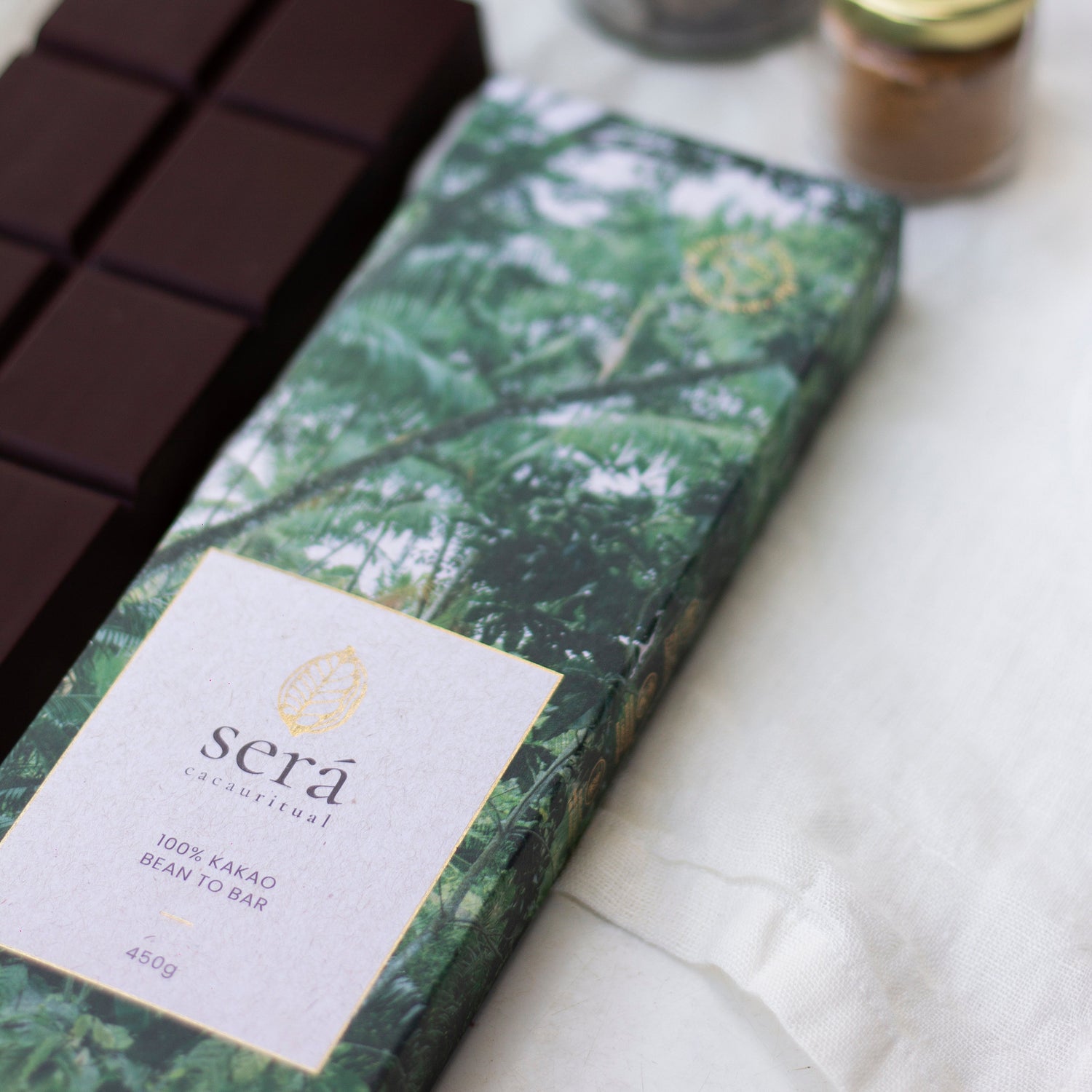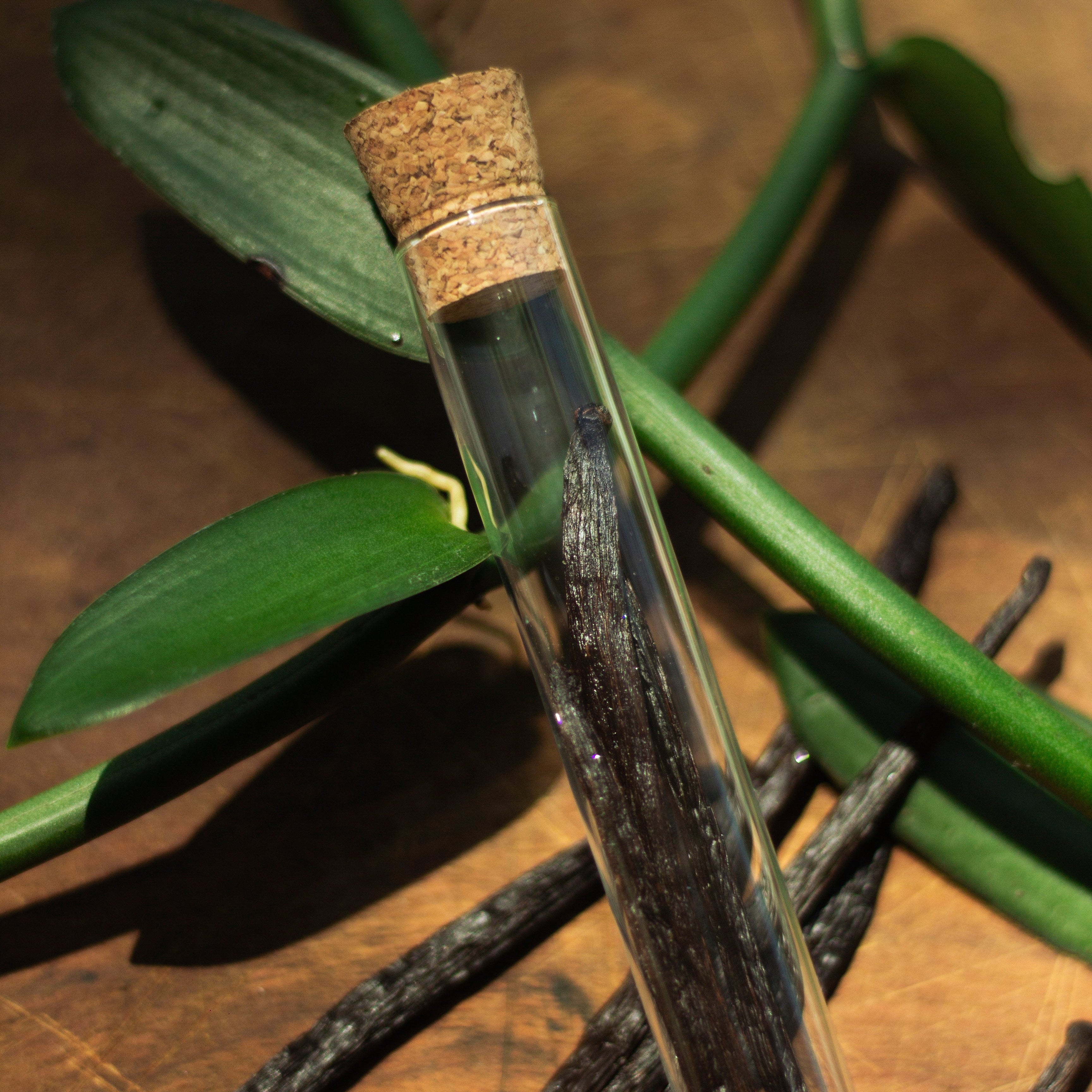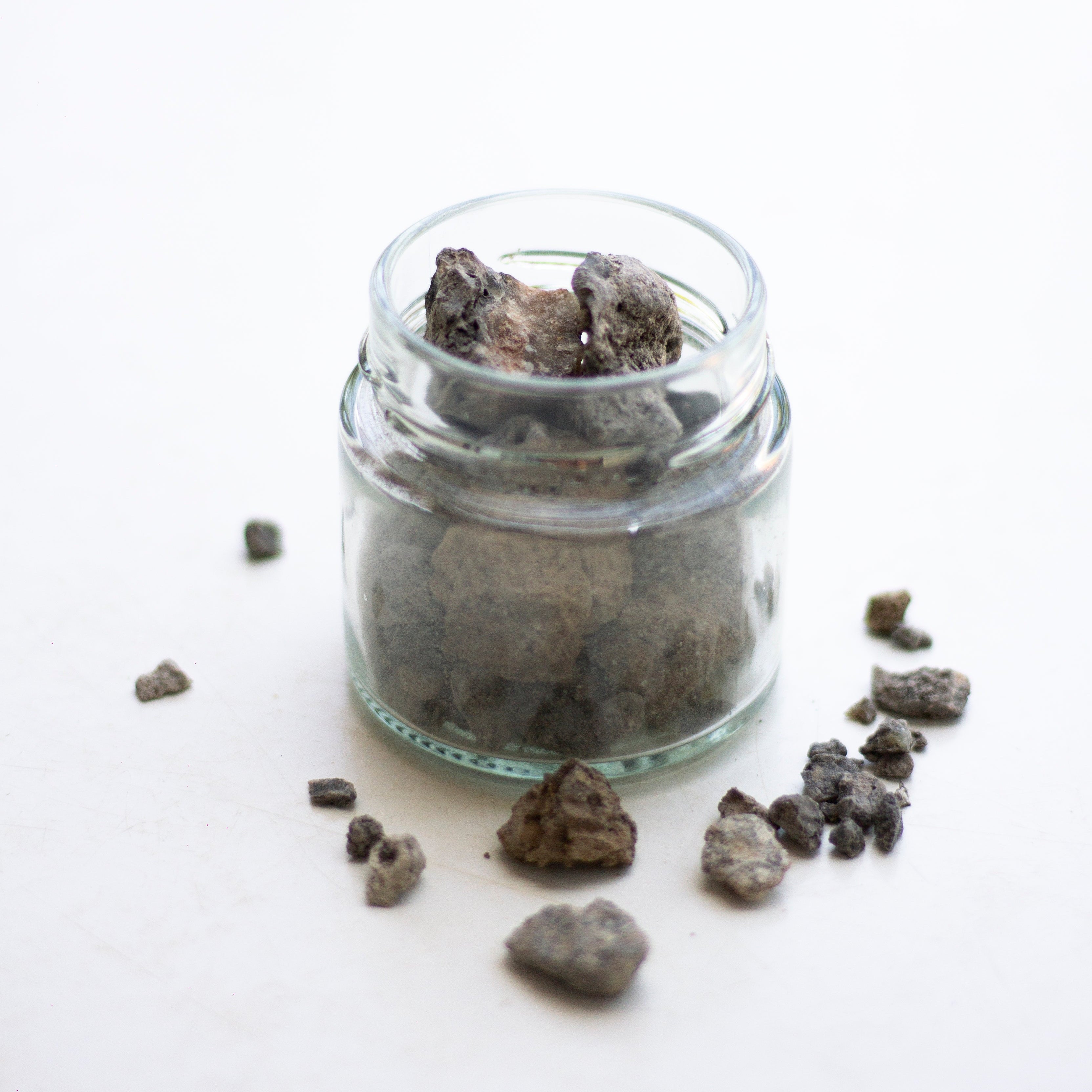100% of origin. 100% in the region.
Our cocoa is grown, harvested, processed, and packaged in a single region: southern Bahia, Brazil. Everything necessary to create our products happens there. No detours, no anonymous intermediary steps, no transfer of the value chain.
This decision is based on a simple principle:
What grows locally must also be refined locally—where the knowledge, the hands, and the responsibility lie. This way, not only does the flavor remain authentic, but so does the meaning. And so, local people have the opportunity to grow, and prospects are created for future generations.

The Cocoa Coast: history and present
The so-called "Cocoa Coast" is a region in southeastern Bahia that has been characterized by cocoa cultivation for over a century. Towns like Camacan, Canavieira, Ilhéus, and Itacaré/Taboquinhas relied heavily on cocoa exports—but suffered when a fungal pest (witch's broom disease, native to the Amazon rainforest) was introduced into the region, causing a decline in cocoa production in the late 1980s.
Today, something new is emerging here:
Instead of industrial plantations, a movement for ecological and responsible cocoa cultivation is growing. Small cooperatives, traditional family businesses, and agroforestry methods are creating a different future for the region—one in which not only cocoa but also respect takes root again.
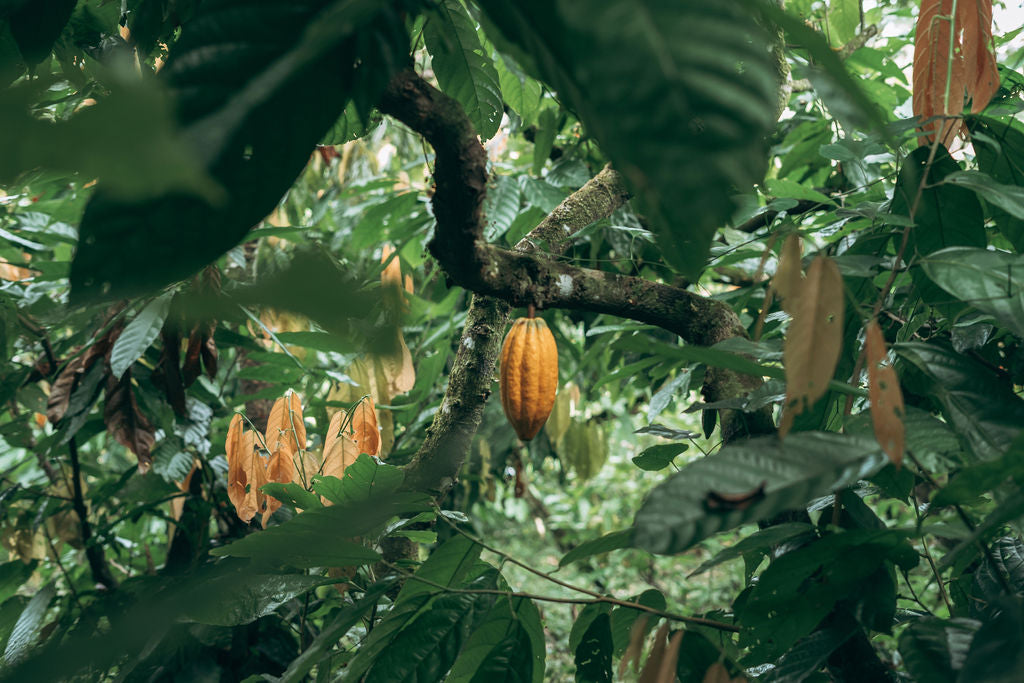
Cabruca
Cabruca is a traditional form of cocoa cultivation, in which cocoa trees grow in the natural understory of the rainforest. Instead of clearing land for planting, the larger individual trees are simply pruned periodically to provide light for the cocoa—while preserving the ecosystem.
This form of farming is particularly resource-efficient and biodiversity-friendly. It protects not only the landscape but also the region's cultural knowledge, passed down from generation to generation.
This way of growing is the reason why Será cocoa is so special: our cocoa is part of the ecosystem and grows in balance with the environment.
Tree to Bar - mais do que uma promessa
– more than a promise
"Tree to Bar" isn't written on our packaging because it's trendy, but because it's the most honest description of our supply chain. Our partners process the cocoa where it's grown—from fermentation to roasting and molding. This means no product displacement, no anonymity, no standardization.
This type of production not only allows for transparent traceability, but also preserves what is often lost in industrial processing: character, soul, and origin.
This means...
Origin is not a trend, but a responsibility.
Discover our range of products with authentically sourced quality.
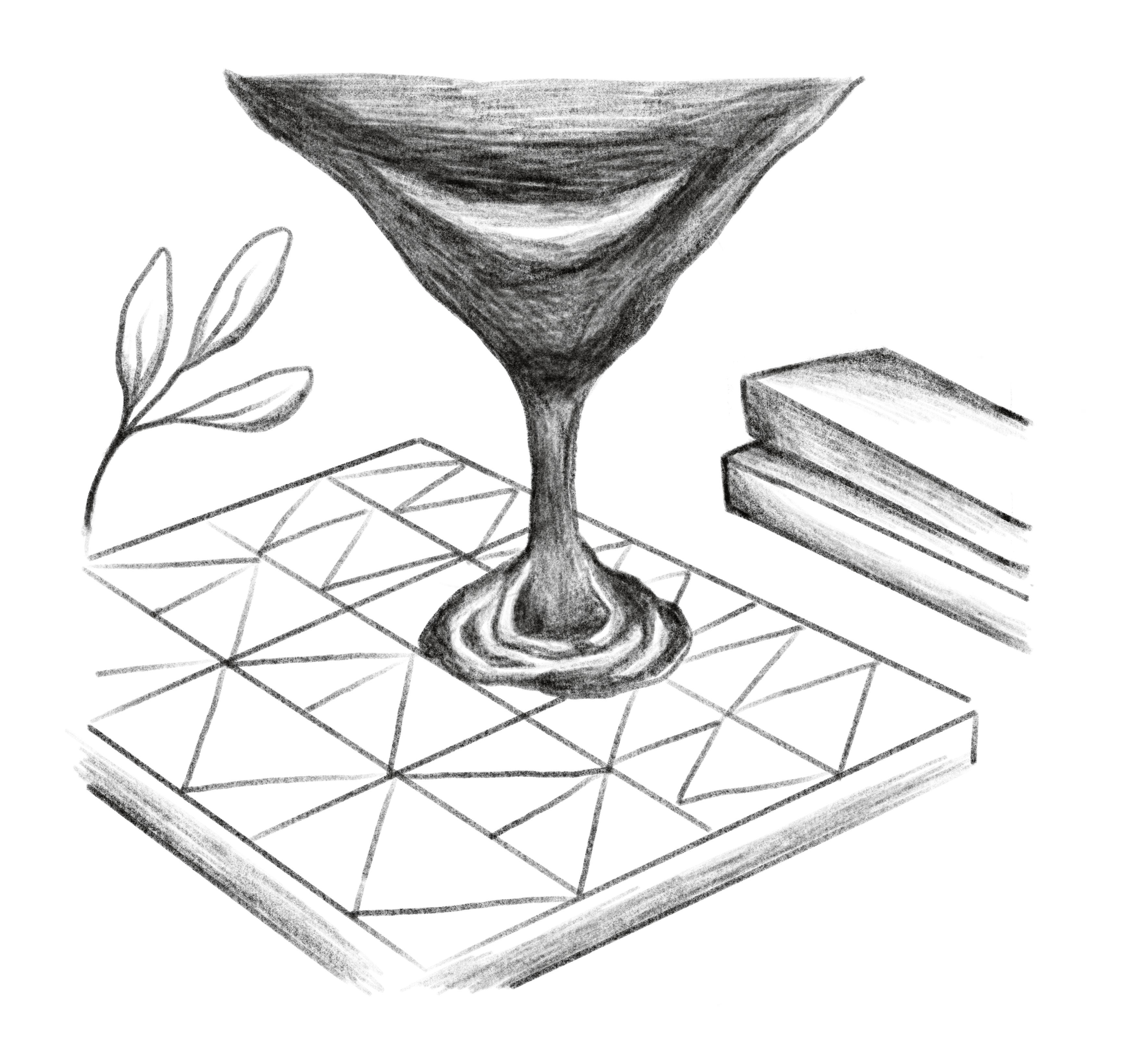
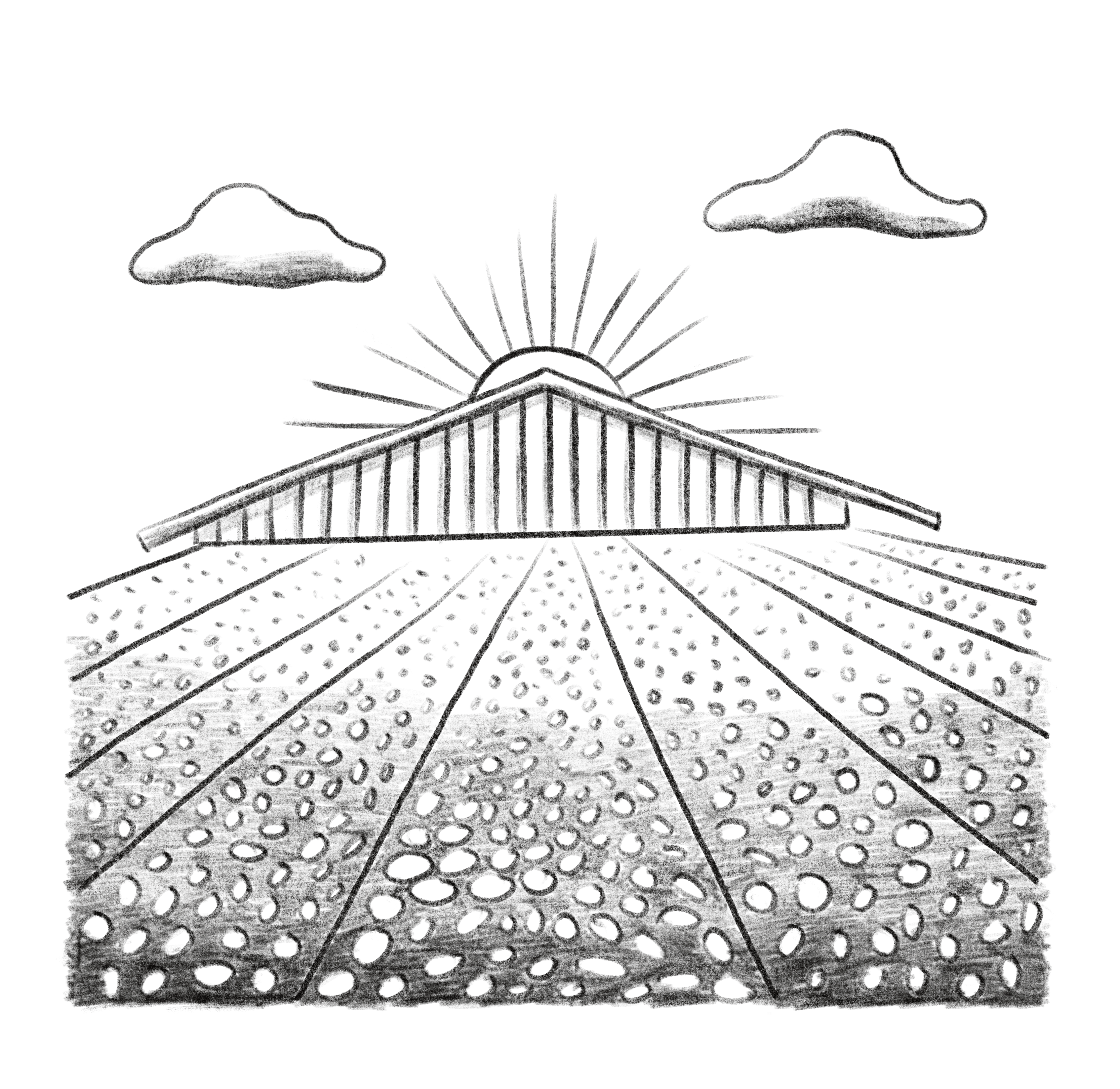

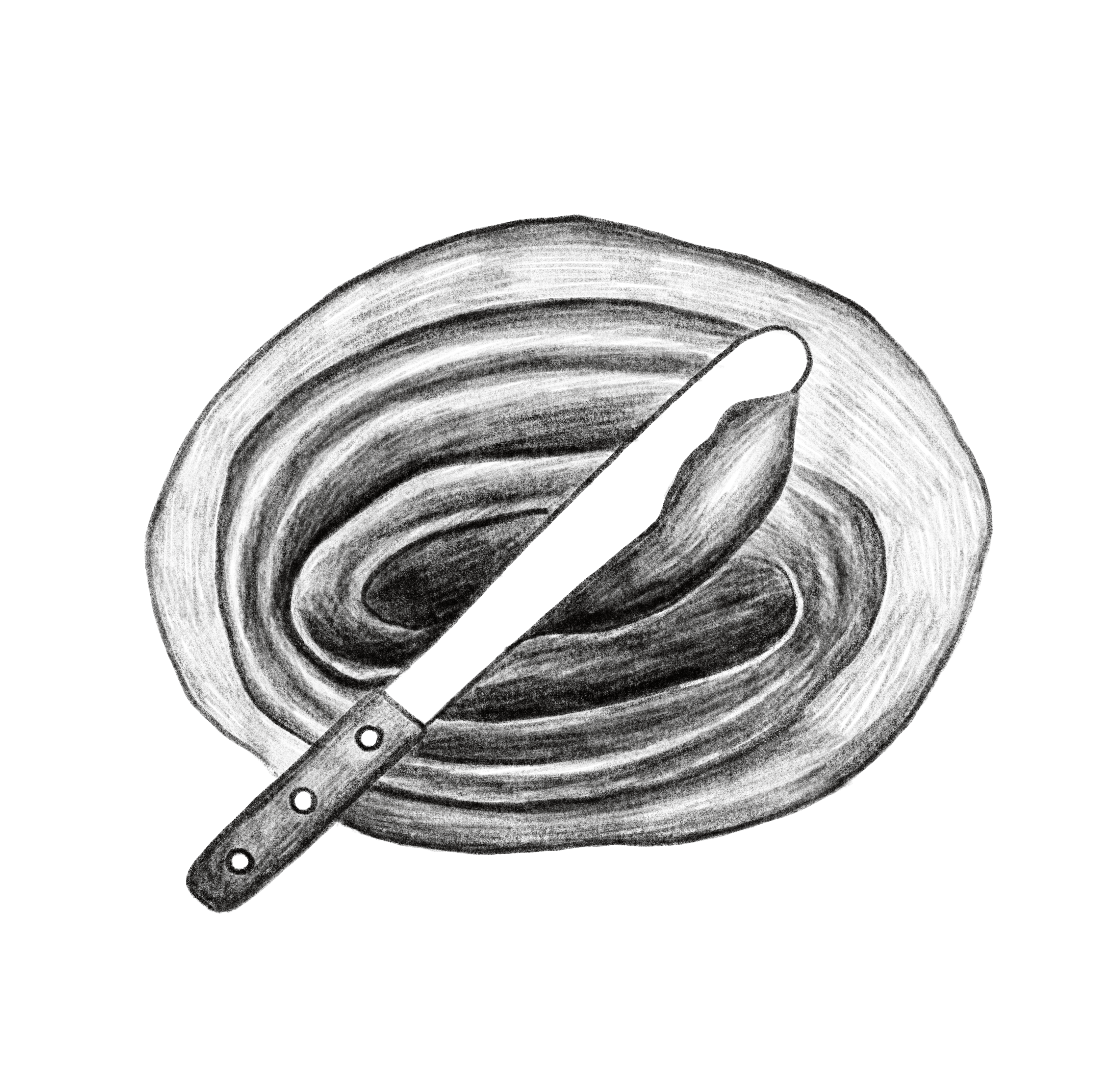
Your origin questions summarized – clear and transparent.
Transparency is one of our core values:
We want to not only explain how our cocoa is produced, but also openly reveal the people behind it, the steps each bean goes through, and the impact this has on the environment, culture, and quality. In this FAQ section, you'll find the most important answers about cabruca, the Atlantic Forest, and our sustainable value creation—so you can enjoy it with a clear conscience.
What is Cabruca?
Cabruca is a traditional agroforestry method in which cacao trees grow in the shade of the original Atlantic Forest, preserving its structure. Instead of large-scale deforestation, only individual trees in the understory are pruned, thus preserving a species-rich ecosystem.
Where is the Atlantic Forest and what is the Cocoa Coast?
The Atlantic Forest stretches along the Brazilian coast, from Rio Grande do Norte in the northeast to Rio Grande do Sul in the south, with larger remaining areas mainly in the southeast, including the northeastern state of Bahia. The Cocoa Coast is located on the southern coast of Bahia, around Canavieiras and Itacaré/Taboquinhas – once the historic center of global cocoa exports and today a reference point for organic and fair trade cultivation.
Why is it so worth protecting the Atlantic Forest?
The Atlantic Forest originally covered over a million km²; today, only 7% to 10% remains, putting its unique biodiversity at risk. It supplies much of Brazil with drinking water—without it, the region's climate and livelihoods would be severely threatened. It is crucial for climate balance, regulating temperature and humidity, influencing the rainfall cycle, and acting as a local and regional climate regulator, combating climate change by sequestering carbon and maintaining humidity levels.
Why do we use cabruca instead of conventional methods?
Cabruca preserves the forest and its biodiversity instead of deforesting it, thus stabilizing the soil and microclimate. At the same time, local communities benefit from traditional agricultural methods that have protected and passed down their knowledge for generations.
What does the term “Tree to Bar” mean?
"From Tree to Bar" means that all stages of cocoa processing—from planting to fermentation, roasting, and packaging—occur at the point of origin. This ensures that all added value remains in the country of cultivation and that traceability is as transparent as possible.
Why should value creation remain at the production site?
When processing and packaging occur locally, fair jobs are created and the region benefits directly from every stage of production. This sustainably strengthens local structures and prevents profits from global trade from being diverted to intermediaries.
What distinguishes original cocoa from industrial cocoa?
Industrial cocoa is often grown in monocultures, chemically treated, and blended in large factories, diluting flavor and nutrients. Our cocoa, on the other hand, is grown without pesticides in agroforestry systems, fermented by hand, and gently roasted, preserving flavors, antioxidants, and minerals.
Why is origin so important?
Origin provides information about cultivation, processing, and social conditions—knowing this information helps you make more informed and fair purchasing decisions. It ensures environmental standards and fair wages, and transforms each product into a story we can enjoy with a clear conscience.
If you'd like to delve deeper, our cacao page provides detailed insights into production from pod to bar, the local cooperative model and its history, our organic certification with current lab reports on purity and nutrient density, and the extensive health benefits that make real cacao so special.
450g Will Be Cocoa
- Regular price
-
R$ 154,00 - Regular price
-
- Sale price
-
R$ 154,00
